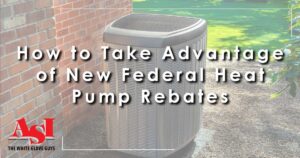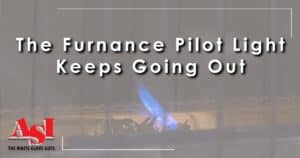Did you know that air sealing cracks, leaks and drafts in your San Diego-area home can significantly reduce heating and cooling bills, protect your home’s structure and improve your indoor air quality? It’s true.
Uncontrolled airflow caused by leaks and drafts can cause A/C costs to soar, allow dusty air to contaminate your house, and may even cause mold and moisture to build up in the foundation area and crawlspaces. Make no mistake: Ventilation of fresh air into and out of your home is essential, but it should happen in a controlled way, with a home ventilation system.
How can you seal your home properly?
First, look for leaks. You can find some of the likely culprits on your own — they include:
- Window casings
- Door frames
- Mail delivery slots
- Dryer vent openings in walls
- House siding, stucco or foundation
- Phone line and cable TV entrance holes
Two simple techniques that will seal air leaks in your home are caulking and weatherstripping. These measures are extremely cost-effective, paying for themselves in utility savings in about a year, according to Energy Savers. In addition, accessible joints in the duct system should be sealed with mastic. Ducts that run outside the conditioned space should be insulated.
A pro can help
To locate hidden leaks and energy waste in your home, talk to a BPI Certified Home Performance Energy contractor and schedule a home energy audit. He or she will inspect your home, prioritize any leakage problems found and recommend solutions. The good news is that there are programs that incentivize homeowners like you to make energy upgrades to your home.
A professional home performance contractor can also advise you on adequate ventilation to ensure that your home’s indoor air quality is high. The American Society of Heating, Refrigerating and Air Conditioning Engineers (ASHRAE) has established a standard for home ventilation.
For more information about air sealing your home and proper ventilation, talk to the experts at ASI Hastings Heating and Air Conditioning.







Leave a reply